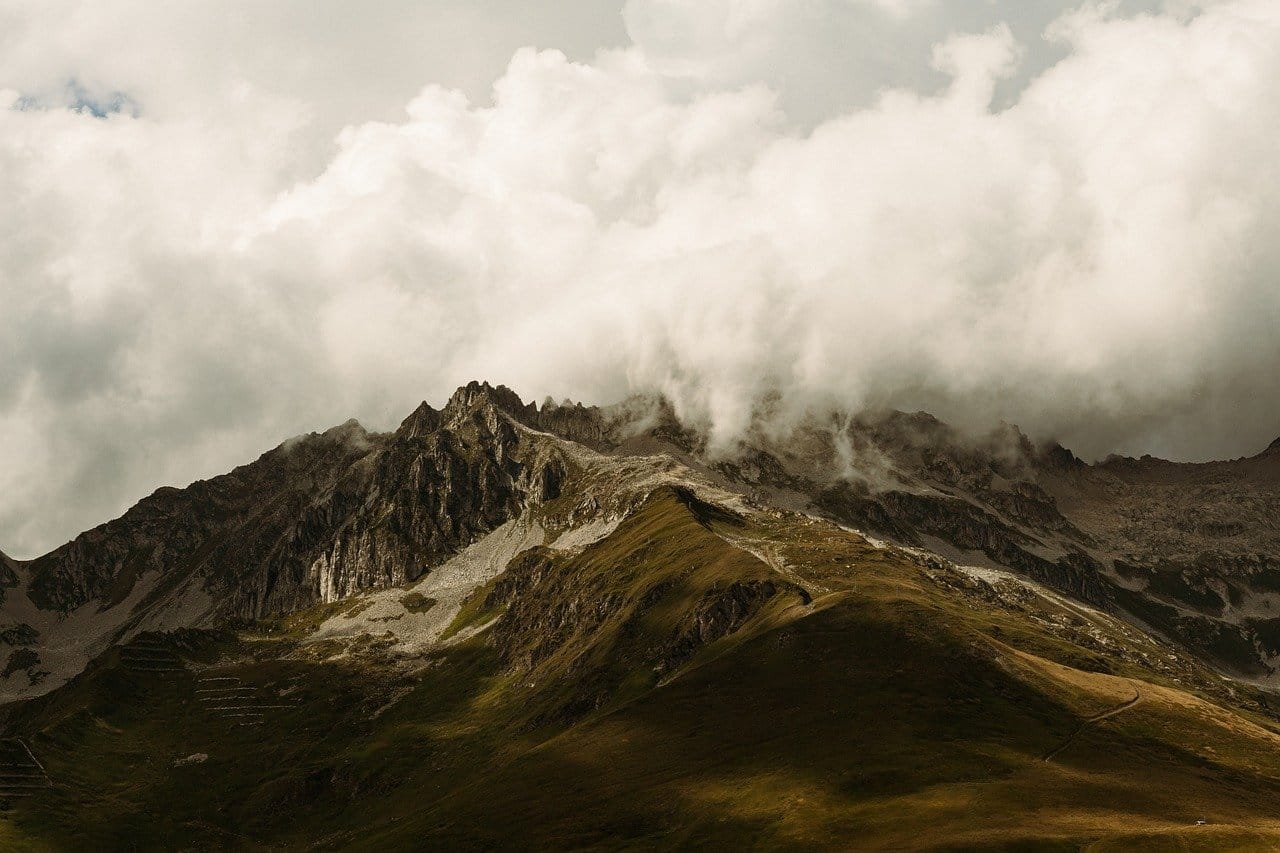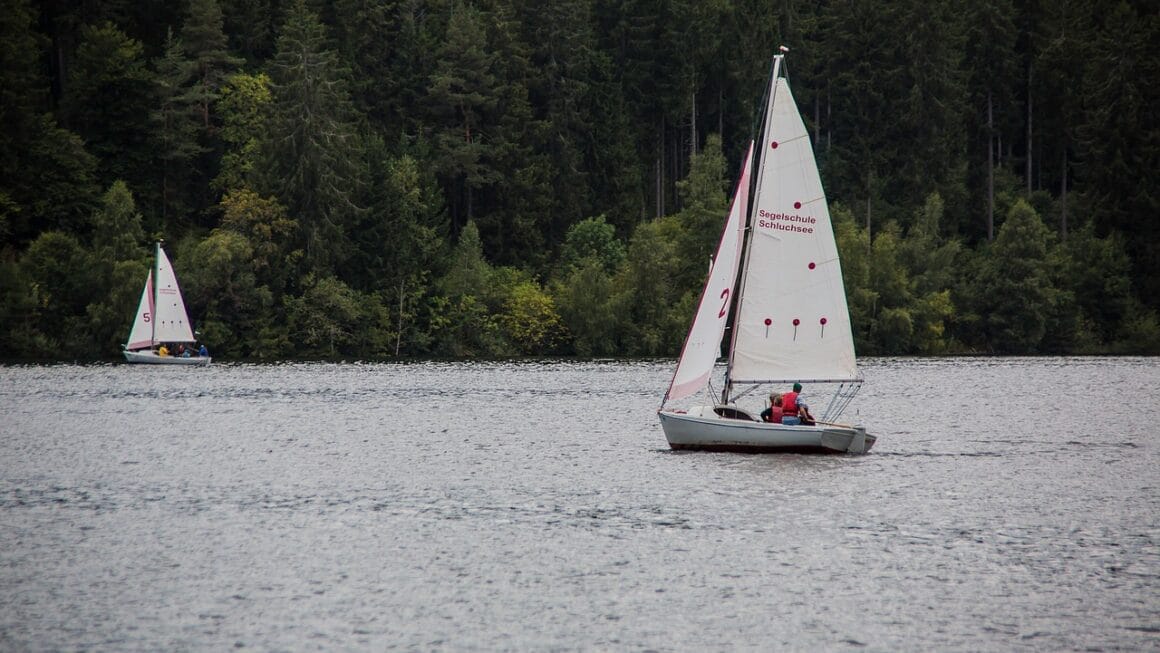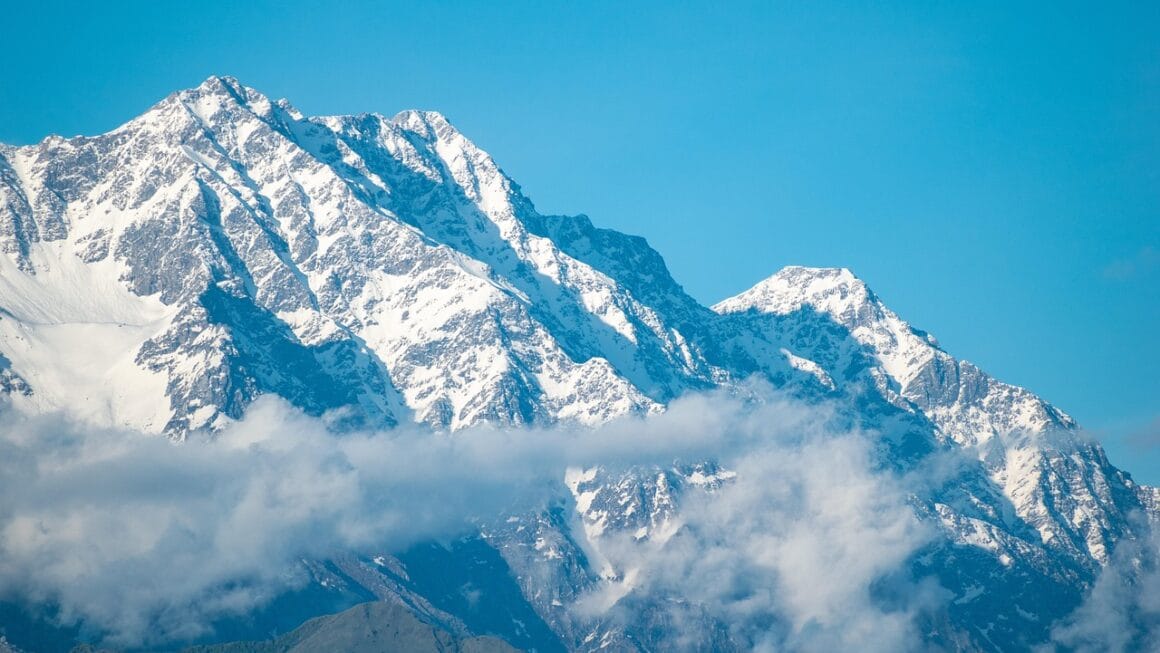Embarking on a trek is an exhilarating experience, a chance to connect with nature, challenge yourself physically, and create lasting memories. However, a successful and enjoyable trek hinges on meticulous preparation. This isn’t just about packing a bag; it’s about physically conditioning yourself, understanding the terrain, and anticipating potential challenges. This comprehensive guide will walk you through every aspect of trek preparation, ensuring you’re ready to conquer the trails.
Physical Fitness: Building Your Trekking Foundation
Cardiovascular Endurance
Trekking demands sustained physical exertion. Building a strong cardiovascular base is paramount. This allows your body to efficiently deliver oxygen to your muscles and withstand long hours on the trail.
- Activities: Focus on activities like running, swimming, cycling, and brisk walking.
- Frequency & Duration: Aim for at least 3-4 sessions per week, gradually increasing duration and intensity. Start with 30-minute sessions and work your way up to longer, more challenging workouts.
- Example: If you’re planning a multi-day trek, practice hiking with a weighted backpack (start with 10-15 lbs and gradually increase) on varied terrain. This simulates the actual trekking experience.
Strength Training
Strengthening your muscles, particularly your legs, core, and back, will help you carry your pack, navigate uneven terrain, and prevent injuries.
- Exercises: Include squats, lunges, deadlifts, push-ups, and core strengthening exercises like planks and Russian twists.
- Repetitions & Sets: Aim for 3 sets of 10-12 repetitions for each exercise.
- Example: Focus on single-leg exercises to improve balance and stability, crucial for navigating rocky paths. Consider incorporating weighted step-ups to simulate climbing.
Flexibility and Balance
Flexibility and balance are often overlooked but are vital for injury prevention and efficient movement on the trail.
- Stretching: Incorporate dynamic stretching before your workouts and static stretching afterward. Focus on stretching major muscle groups like hamstrings, quads, calves, and shoulders.
- Balance Exercises: Practice exercises like standing on one leg, using a wobble board, or walking on a balance beam.
- Example: Simple yoga poses like downward-facing dog and warrior poses can significantly improve flexibility and balance.
Gear and Equipment: Packing for Success
Backpack Selection and Fitting
Choosing the right backpack and ensuring a proper fit is crucial for comfort and preventing back pain.
- Capacity: Select a backpack with appropriate capacity based on the duration of your trek. For day hikes, a 20-30 liter pack is sufficient. For multi-day treks, consider a 50-70 liter pack.
- Features: Look for features like adjustable torso length, padded shoulder straps, a hip belt, and multiple compartments for organization.
- Fitting: Visit a reputable outdoor gear store and get professionally fitted. Ensure the hip belt sits comfortably on your hips and the shoulder straps distribute the weight evenly.
Essential Clothing Layers
Layering is key to staying comfortable in varying weather conditions.
- Base Layer: Choose moisture-wicking fabrics like merino wool or synthetic materials.
- Mid-Layer: Opt for fleece or a lightweight insulated jacket for warmth.
- Outer Layer: Pack a waterproof and windproof jacket and pants.
- Example: Pack a down jacket for colder climates, even if the forecast seems mild. Mountain weather is unpredictable.
Footwear: Protecting Your Feet
Your footwear is arguably the most important piece of gear.
- Boots or Trail Runners: Choose sturdy hiking boots or trail runners that provide adequate ankle support and traction.
- Socks: Invest in high-quality hiking socks that wick away moisture and prevent blisters.
- Break-in Period: Break in your boots or trail runners before your trek by wearing them on shorter hikes.
- Example: Use blister prevention methods, such as applying moleskin or blister bandages, proactively. Carry extra socks and change them if your feet get wet.
Navigation and Safety
Never underestimate the importance of navigation and safety gear.
- Map and Compass: Learn how to use a map and compass, even if you plan to use GPS. Batteries can die.
- GPS Device or Smartphone with GPS: Download offline maps and familiarize yourself with their use.
- First-Aid Kit: Carry a comprehensive first-aid kit that includes essentials like bandages, antiseptic wipes, pain relievers, and medications for any allergies or pre-existing conditions.
- Headlamp or Flashlight: Always carry a headlamp or flashlight with extra batteries.
- Emergency Whistle: A whistle can be used to signal for help in an emergency.
- Example: Learn basic wilderness first aid and carry a small repair kit for gear malfunctions (e.g., duct tape, knife, cordage).
Nutrition and Hydration: Fueling Your Adventure
Meal Planning
Plan your meals carefully to ensure you have enough energy for the trek.
- Calorie Needs: Calculate your daily calorie needs based on the intensity and duration of your trek. Typically, trekkers need 2500-4000 calories per day.
- Pack Lightweight, Nutrient-Dense Foods: Choose foods that are lightweight, non-perishable, and packed with nutrients. Examples include:
Dried fruits and nuts
Energy bars and gels
Dehydrated meals
Instant oatmeal or grits
* Trail mix
- Example: Experiment with different dehydrated meal brands before your trek to find ones you enjoy. Consider adding protein powder to your meals for extra sustenance.
Hydration Strategies
Staying hydrated is crucial for preventing altitude sickness and maintaining energy levels.
- Water Requirements: Aim to drink at least 2-3 liters of water per day, depending on the climate and intensity of the trek.
- Water Sources: Identify potential water sources along your route and plan accordingly.
- Water Purification: Carry a water filter or purification tablets to treat water from natural sources.
- Electrolytes: Replenish electrolytes lost through sweat by consuming electrolyte tablets or sports drinks.
- Example: Carry a hydration reservoir (e.g., Camelbak) for easy access to water while trekking. Regularly monitor your urine color to ensure you are adequately hydrated. Light yellow is ideal.
Route Planning and Navigation: Knowing Your Path
Researching Your Trek
Thorough research is essential for a safe and enjoyable trek.
- Trail Conditions: Check the current trail conditions, including weather forecasts, snow levels, and potential hazards.
- Permits and Regulations: Obtain any necessary permits or licenses required for your trek.
- Altitude Considerations: If trekking at high altitude, research altitude sickness and take necessary precautions.
- Local Culture: Learn about the local culture and customs of the area you will be trekking in.
Navigation Skills
Mastering navigation skills is crucial for staying on course.
- Map and Compass Skills: Practice using a map and compass to navigate in unfamiliar terrain.
- GPS Skills: Familiarize yourself with the use of a GPS device or smartphone with GPS.
- Route Planning: Plan your route carefully, taking into account elevation gain, distance, and available water sources.
- Example: Practice using your map and compass on shorter hikes before your trek. Learn how to read topographic maps and identify landmarks.
Contingency Planning
Prepare for unforeseen circumstances.
- Emergency Contacts: Leave your itinerary with a trusted friend or family member and provide them with emergency contact information.
- Emergency Plan: Develop a contingency plan in case of emergencies, such as getting lost or injured.
- Communication: Carry a satellite phone or personal locator beacon (PLB) for emergencies in areas with no cell service.
- Example: Designate a “turn-around time” for each day. If you haven’t reached a specific landmark by that time, turn back.
Altitude Acclimatization (If Applicable)
Understanding Altitude Sickness
Altitude sickness can affect anyone at elevations above 8,000 feet (2,400 meters).
- Symptoms: Learn to recognize the symptoms of altitude sickness, including headache, nausea, fatigue, and shortness of breath.
- Prevention: Acclimatize gradually by ascending slowly and spending several days at lower elevations before reaching higher altitudes.
Acclimatization Strategies
Promote your body’s adaptation to higher altitudes.
- Ascend Slowly: Follow the “climb high, sleep low” principle. Ascend gradually during the day and descend to a lower elevation to sleep.
- Hydrate and Rest: Drink plenty of fluids and get adequate rest.
- Avoid Alcohol and Tobacco: Alcohol and tobacco can worsen the symptoms of altitude sickness.
- Medications: Consider taking medications like acetazolamide (Diamox) to help prevent altitude sickness, but consult with your doctor first.
- Example: If you experience symptoms of altitude sickness, descend immediately to a lower elevation. Don’t continue ascending until your symptoms have completely resolved.
Conclusion
Preparing for a trek is an investment in your safety, enjoyment, and overall success. By focusing on physical fitness, carefully selecting your gear, planning your nutrition, mastering navigation skills, and understanding altitude acclimatization (if applicable), you can transform a potential ordeal into an unforgettable adventure. Remember to prioritize safety, be respectful of the environment, and embrace the challenges and rewards of trekking in the great outdoors. The mountains are calling, and with the right preparation, you’ll be ready to answer.




